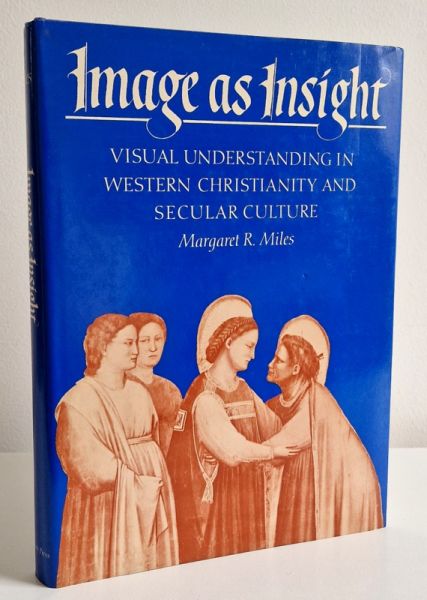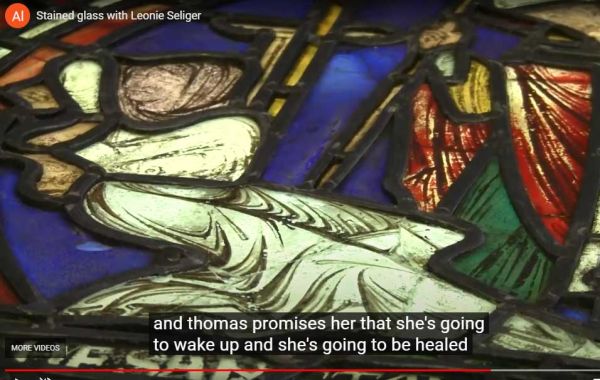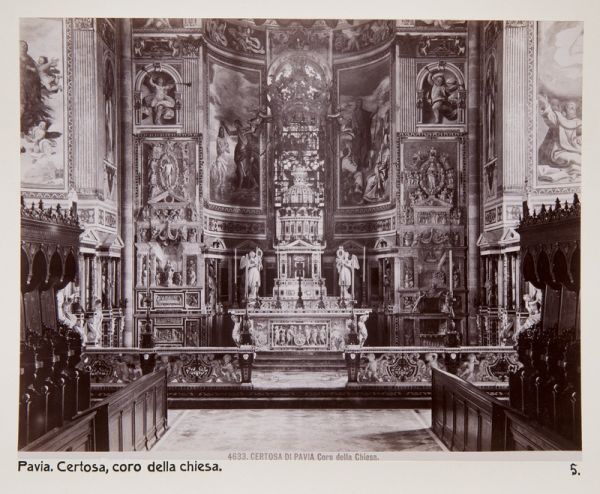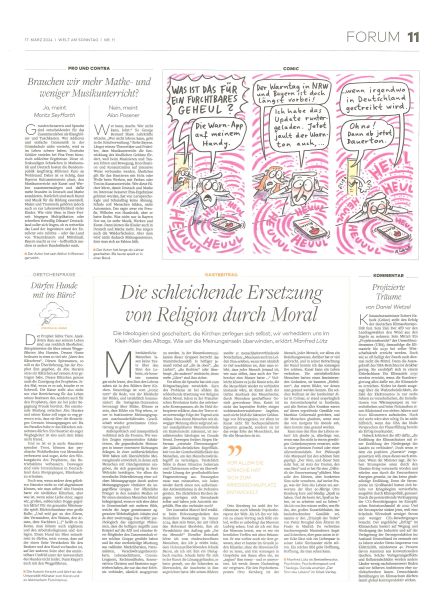Images vs. Words
The Harvard theologian Margaret Miles published a book about church-art in 2006, titled Image as Insight, that describes the importance of Medieval church-art in Europe to communicate the message of the Gospel to a largely illiterate population. On its front cover, "The Visitation", a fresco by the Italian artist Giotto (circa 1267-1337) portrays the meeting between the pregnant Mary, the Mother of Jesus, and the pregnant Elizabeth, the mother of John the Baptist. The Bible says John leapt in his mother's womb.
Over time, as the popularity of church-art increased, it increasingly represented the nobility, non-biblical traditions, art-for-art's sake, and a conscious effort to spread fear and exert power and control over an ignorant populace. I remember in Canterbury Cathedral in England, for instance, seeing stained-glass windows of a family who had pledged to make a pilgrimage to the Cathedral. When the family reneged on their pledge, the ghost of St. Thomas came after them and caused sickness and death.
Eventually church-art became a point of contention between church leadership in Rome and upstart Reformers like Martin Luther, John Calvin, and Ulrich Zwingli who wanted literate believers. They would teach believers to read the scriptures themselves and to develop an individual sense of responsibility and conscience. Their stance anticipates the dictum of Immanuel Kant, who would tell them 200 years later, "Sapere Aude!" Dare to know!
The Reformers also had definite ideas about church-art, that it constituted a form of idolatry. After the reformers took control in England, Germany, and Switzerland, they caused the wholesale destruction of church-art. Dr. Miles uses photographs to contrast the decorations in an Italian church and the bare walls of a German church. The reformers also set about creating musical literature in their own languages and publishing hymn-books for believers, whom they believed needed to participate in worship.
The above article, "Die schleichende Ersetzung von Religion durch Moral", by Manfred Lütz appeared in Die Welt's Sunday edition, on 3rd March of this year. In English, the title means: "The creeping substitution of secular moralisms for religion". I guess that means "Moralistic dogma without God", "Be good for goodness sake", or the Edsel, the Dodo, and the Dictatorship of the Proletariat rolled into one. Good luck trying to sell it, or getting people excited over a nation preaching "Be good for goodness sake!" If you advertise your nation that way, don't expect many takers.
Lütz mentions the "Iconic Turn", a phrase coined by the German architect Gottfried Böhm, which refers to the gradual retreat from modern literacy--away from the spoken and written word--and a return to the age of Medieval images propagated by social media. Do we want a pictorial culture that is only as good as "last Fall's fashions"? Do we really want to retreat from Kant's dictum "Sapere Aude!" Do we want to go in for Medieval minimalism and selflessness again? Historically speaking, the cultural tilt of the nation toward prosperity and advancement is the real "New Look". Let it keep working for us.






